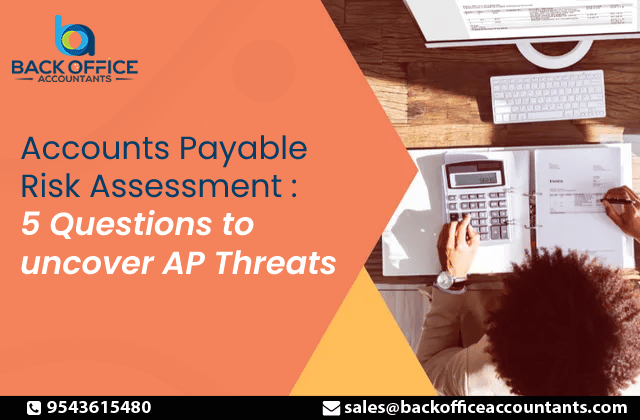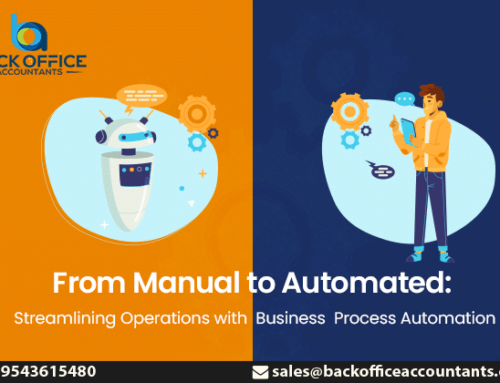Efficient Accounts Payable enable a healthy cash flow, fosters mutually profitable vendor relationships, and ensures accurate cash forecasts, and audit while helping a business meets its compliance standards. At the same time, lax Accounts Payable make the business a ripe ground for cash flow problems, strained relationships and eventual financial fraud.
Simply put – Accounts Payable can make or break the ship, which is why you need to keep a careful eye on the Accounts Payable process with regular risk assessment.
According to the Association of Certified Fraud Examiners, businesses have lost more than $7 billion in losses due to fraud with payment fraud grabbing the major share. Be it internal AP fraud involving false billing, fraudulent payments, tampered financial reporting, or external payment fraudulent activities like duplicate payments, phishing scams and unapproved vendors – AP can be a breeding ground for all sorts of financial fraud.
An inefficient AP is not just about fraud too. It can result in a sub-par payable process that results in cash flow problems, strained vendor relations and lost money. If fraud, cash flow problems and strained vendor relationships are the symptoms of the disease, then AP risk assessment is the prevention step that can nip them in bud.
Accounts Payable Risk Assessment – 5 Questions to Uncover AP Threats:
Accounts payable risk assessment is an exercise that reviews the entire AP process and internal payment policies to point out inaccuracies and shortcomings to reduce inefficiency and cut down the risk of potential fraud. Consider AP risk assessment as the system-wide computer scan for the AP process to spot potential threats, flag them are sort them out with the help of a Accounts Payable team.
As a remote accounting firm specializing in Accounts Payable Services, AP risk assessment is the first thing we often perform to uncover potential Accounts Payable threats. Over time we have perfected a methodology that helped us accurately identify potential risks of a business’s AP process.
If you are a business that aims to level up and fraud-proof your Accounts Payable process, we suggest you have hard look at your current process and pose these 5 questions:
Is invoice capture securely streamlined? Does it pose any security risks?
Internal and external fraud, phishing, rogue spending, payment mistakes and errors – everything starts with an invoice. So track the arrival of invoices from the supplier to your doorstep – formats and their risks, steps in invoice processing, storage and more.
Paper invoices increase the risk of misplacement and data entry errors. At the same time, PDFs are used as a host to inject phishing emails that cause cyber-attacks. Both these risks can be mitigated by digitizing invoice processing. Automation provides further security by routing all the invoices to a centralized system that mitigates phishing and other security loopholes.
How frequently do invoice errors or misplacements happen?
A manual AP process does pose the risk of misplacement which further delays the payment processing but if it is happening frequently we are possibly looking at hours of wasted time and money too. The same goes for invoice errors which directly impact the bottom line or vendor relationship. The industry average for time spent on chasing misplaced invoices is an hour per week, anything more than this is a sign of an inept and disorganized AP process.
What is the average invoice processing time?
Let us assume that invoice formats, data capture, invoice errors and misplacements are sorted. Now delve into the invoice processing stats – starting with the total invoice processing time. Is it anything greater than 10 days? Then your AP process needs to be streamlined and accelerated – assuming it is a manual or hybrid process. In case you are using automation then anything less than a week is considered ideal.
Who has the access to authorize the purchases in the AP process?
Minimizing fraudulent payments in AP is all about mitigating the risk and fool-proofing access to authorization. Track and review the authorization access of each employee and ensure they are secured by multiple authentications, especially for big-ticket purchases.
What is your level of visibility over your AP process?
Having no visibility over your AP process – metrics, KPIs, data points, outstanding payments, forecasts and more is the most effective way to make create cash flow problems for your business.
Complete visibility over your AP process not only gives you an accurate view of your cash position but also grants you essential control to tweak the AP process and make necessary changes.
That said, automating the AP process is the simplest way to gain complete visibility over your AP process.
Posing these five questions and finding the answers alone can help give you a lot of insight and discover potential threats that can be easily sorted with the help of Accounts Payable experts. If you are looking to conduct an AP risk assessment or looking to sort out your existing AP problems, our AP experts at Back Office Accountants are ready to help you. Find us here: https://www.backofficeaccountants.com/







